编者按:时值建党百年,为实现党建联动区域化、促进党史教育机制化,上海外国语大学与上海龙华烈士陵园举办签约共建仪式,开展建党百年专题活动,引导广大青年在学思践悟中传颂先辈故事、坚定理想信念。上外英院龙陵青年志愿服务队从译介角度进行实践,讲演中国共产党人的革命故事,积极推广文化译介新理念,助力红色文化“走出去”。
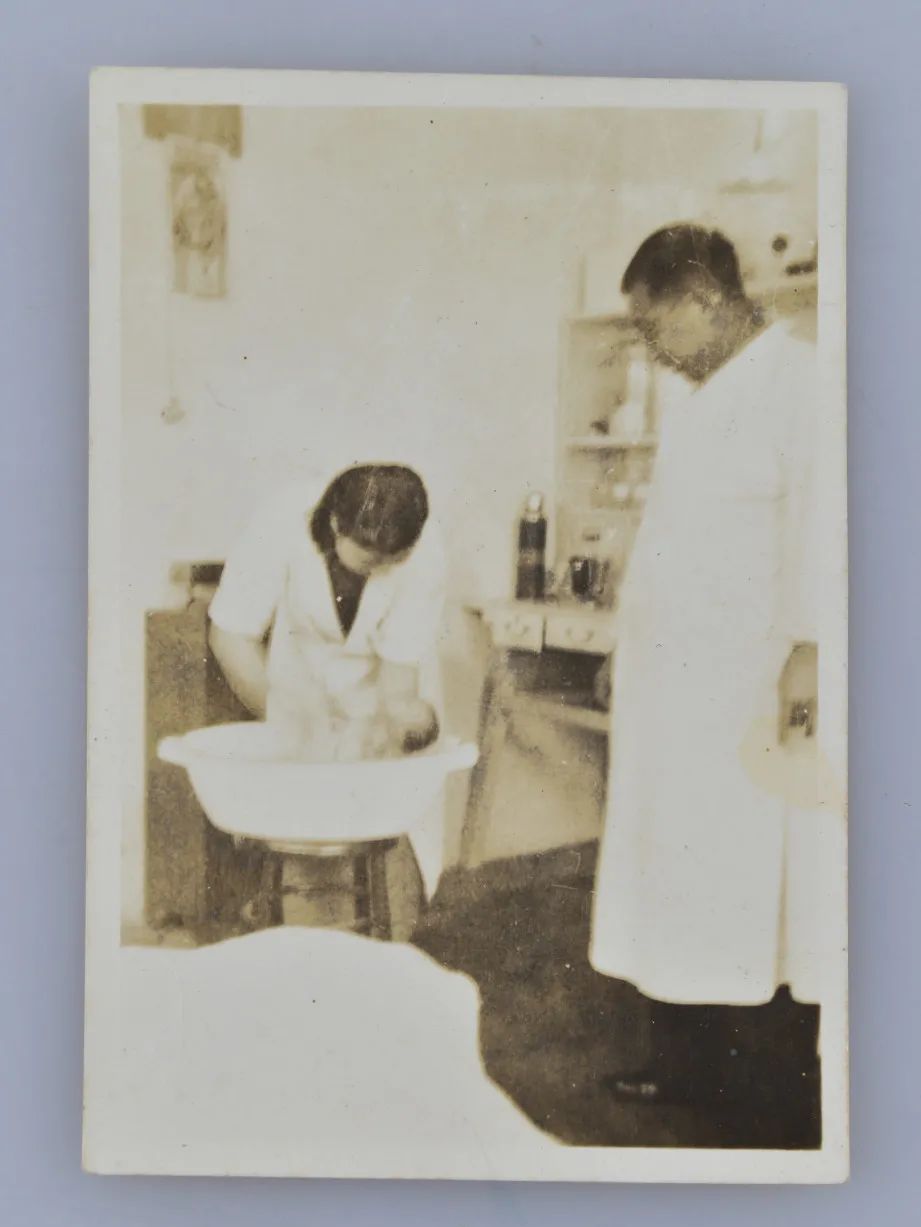
这是一张20世纪30年代的旧照片,照片里穿着白大褂、面带慈祥笑容站在一旁的便是苏克己,他的妻子朱宝琴(一名助产士)正在为一名刚出生不久的男婴洗澡。这是苏克己夫妇少有的在一起工作的照片。
In this photo from the 1930s, Su Keji, dressed in a white coat, was smiling as his wife, Zhu Baoqin, a midwife, was bathing a newborn baby. This is one of the very few pictures showing the couple working together.
苏克己(1901—1937),江苏武进人。南洋医科大学毕业,历任江西九江红十字会医院外科主任、上海江湾惠济医院外科主任、宝山红十字会医院院长兼医务主任等职,曾参加“一·二八”淞沪战役战地救护工作。1937年“八一三”淞沪战役中,于宝山罗店前线救护伤员时牺牲。
Su Keji (1901–1937) was a native of Wujin of Jiangsu province. After graduating from Nanyang Medical College, he served successively as the head of the surgical department of Jiangxi Jiujiang Red Cross Hospital, then of Shanghai Jiangwan Huiji Hospital, and the chief as well as the medical director of Baoshan Red Cross Hospital, etc., playing a leading role in the battlefield rescue work of the January 28 Incident in 1932. He was killed when working in the front line of Luodian, Baoshan during the Battle of Shanghai in 1937.
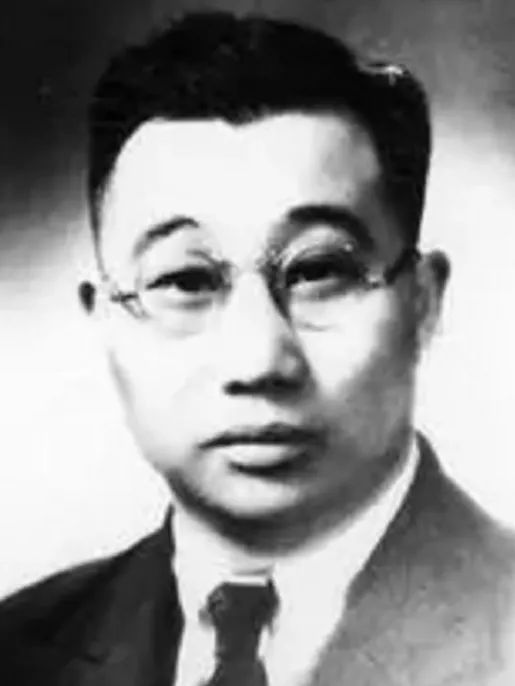
图为苏克己像
苏克己出生在一个中医世家,他自幼受家庭的熏陶,有很高的文化素养,并精通传统经典的学问。后来,他辗转来到上海求学,攻读医学,立志治病救人。克己的名字出自《论语· 颜渊》一章中的“克己复礼为仁”。他一直以这句话的标准,作为为人、行医的准则。
Influenced by his family of traditional Chinese medical doctors, Su Keji became highly cultured and was familiar with traditional and classical knowledge. As a young student, he pursued medical studies in Shanghai, determined to help and heal people. His name, which literally means “restraining oneself”, comes from Yan Yuan, one of the chapters of The Analects of Confucius, and expresses the hope to serve society and achieve benevolence. He lived by this motto, both as a doctor and as a person.
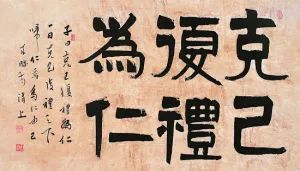
苏克己不仅技术精谌,而且对病人极端负责,不分富户贫民,均用心诊治。他在泉州平民医院工作的时候,有群众专门送他匾额以褒扬其医德;后来在上海罗店医院时,许多危重病人,包括骨痨、肝脓疡等疑难杂症和历时10多年的老烂脚、机械轧脱头皮等工伤外科病患,都经他的治疗得到康复。
Su Keji was not only a highly competent doctor, but also an extremely responsible one, treating every patient, rich or poor, attentively and equally. When he was working at Quanzhou Civilian Hospital, his patients sent him a plaque to acknowledge his noble ethics. When he was in Shanghai Luodian Hospital, he successfully treated the most difficult conditions, including bone and joint tuberculosis, liver abscess, and workplace injuries like feet rotten for over a decade, scalps peeled off by machines.
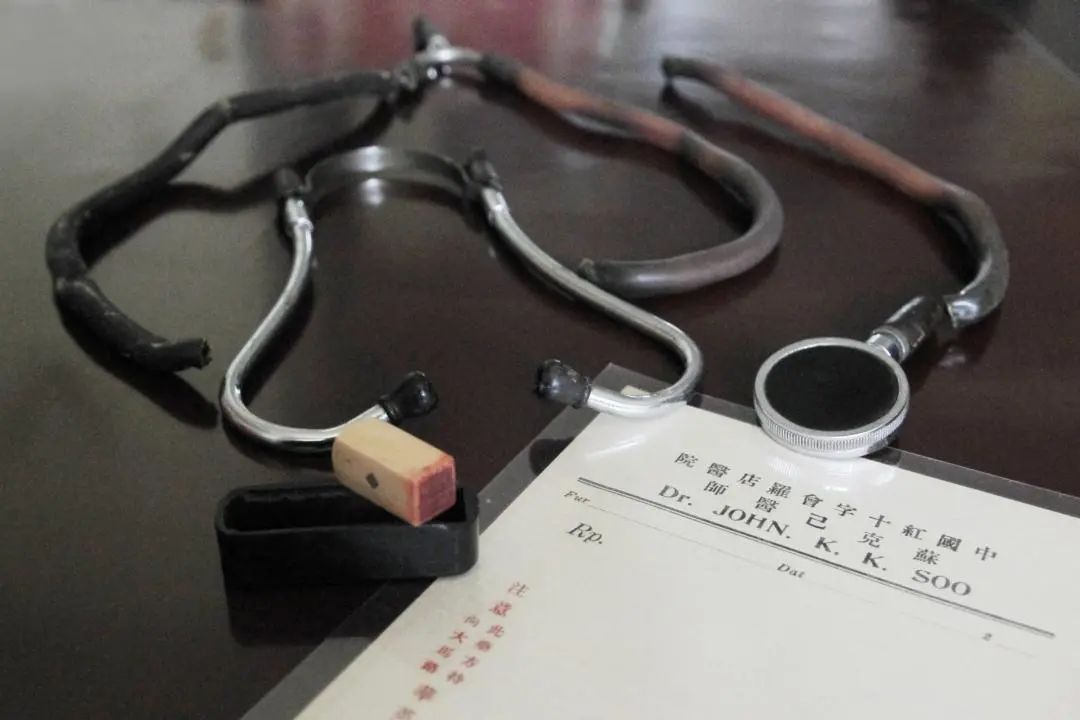
图为苏克己生前使用过的听诊器、处方笺、印章
同事们平时不称他医生,也不叫他的名字,都叫他“苏”。苏为人忠厚,医术精湛,热心公益,助人为乐,为病家解除疾苦,在罗店群众中很有声望。他在惠生助产学校任教时不取报酬,但工作非常认真。1937年,苏克已和朱宝琴在上海江湾参加集体婚礼时,另一对不相识的新人没有马车,苏克己就主动招呼他们同坐自己雇的一辆马车。平时,遇到贫苦的病人经济困难,他常常解囊相助。
Instead of addressing him as “doctor” or by his name, his colleagues intimately called him “Su”. With his courtesy, professional skills, devotion to public benefits and warm heartedness, Su became a well-known name among the populace in Luodian. He taught at the Huisheng Midwifery School, asking no payment while devoting himself completely. In 1937, when Su Keji and Zhu Baoqin was getting married in a group wedding in Jiangwan, Shanghai, Su invited a couple, who were walking, to join them in the carriage he had hired. This was who Su was: always ready to help, to help whenever he met someone in need, to help whenever his patients could not pay.
1937年“八一三”淞沪抗战爆发,苏克己毅然投入抗日救护工作,担任中国红十字会上海分会第一救护队副队长。日军进犯罗店地区,苏克己听闻有战士受伤,亲率队员赴救并护送出镇,遭日军残忍杀害。直到牺牲的前一刻,他仍然固执地想要感化日军,保全伤员,据理力争,也是直到最后一刻,他用生命践行了“仁”的道德标准。
In August 13, 1937, when the Battle of Shanghai broke out, Su Keji resolutely put himself into the rescue work of soldiers fighting against anti-Japanese invaders, serving as the deputy captain of the first rescue team of the Shanghai Branch of the Chinese Red Cross. When the invaders arrived in Luodian, he went into the front line to save the soldiers and escort them out of the town. He was killed brutally on one of these missions. Even at the last minute of his life, he was trying to persuade the Japanese invaders not to kill the wounded. In such a way, he truly lived by the principle of “benevolence”.
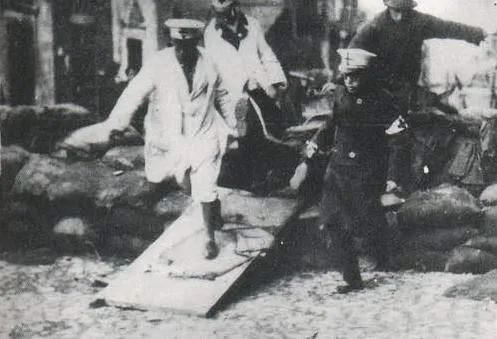
图为苏克己(左)转运伤员
苏克己牺牲时,朱宝琴正在上海市区的家中待产,得知消息后悲痛万分,在苏克己殉难后的第38天,产下一女,名叫苏洁。苏洁一直保存着父母的这张照片。在拍下那张照片的时刻,苏克己不曾想到,自己竟再也没有机会看到自己女儿的出生,也不能像照片中的那样注视着妻子为自己的孩子沐浴。
Thirty-eight days after Su was killed, his wife Zhu Baoqin, who was at her home in downtown Shanghai, gave birth to her daughter. At the time when the photo was taken, Su had no idea that he would never see the birth of his daughter and watch his wife bathing their baby, as she did in the photo.

图为中国红十字会总会给遗孀朱宝琴的信

图为朱宝琴携苏洁参加红十字四烈士纪念碑落成揭幕仪式
(中文作者:薛意雯)
我要评论 (网友评论仅供其表达个人看法,并不表明本站同意其观点或证实其描述)
全部评论 ( 条)